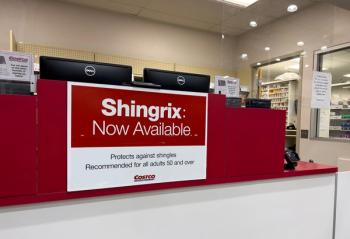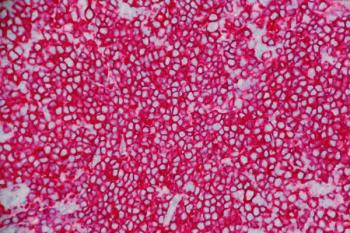
Educational Programs Reduces Unemployment Among Patients With Chronic Conditions
Patients with rheumatic and musculoskeletal disease can maintain a sustainable work life through educational programs.
Educational programs provide patients with rheumatic and musculoskeletal disease (RMD) and their employers, the tools to improve their ability to work.
Findings from an educational program implemented by the Galician Rheumatology League (LRG) were presented at the Annual European Congress of Rheumatology 2017.
The program required each employee with RMD to have 1 session with a psychologist and 1 session with an occupational therapist to identify personal challenges in continuing to be active at work.
LRG health professionals then provided personalized advice to employers about RMDs, the specific needs of their employees, how to make it easier for them to stay at work, and how to minimize work difficulties caused by their chronic condition.
“Most employers lack information on how RMDs interfere with an employee’s ability to work and how best to make the necessary adaptions to not lose their person from their workforce,” said lead author Francisco Javier Carreira Roca, from the Spanish Rheumatology League in Madrid. “Our program has demonstrated that these kinds of actions can increase the number of employees with RMD in work.”
An estimated 22% of the general population currently has/previously experienced long-term muscle, bone, and joint problems, according to the Eurobarometer. Furthermore, approximately 50% of patients with RMDs are unemployed due to their condition.
Within the pilot program, investigators found that only 5 of 14 employees could stay at work or return to work.
“Because of our program, there was an increase in the employee’s self-confidence in their capacity to stay at work, and their awareness about which of their limitations were solvable,” Carreira Roca said.
The program included an occupational therapist and an architect that specialized in accessibility to offer specific architectural and ergonomic solutions.
The primary objectives of the pilot program included:
- Increase employer awareness of the positive aspects of keeping all employees—–including those with RMDs––not just in the work place, but at full capacity to avoid absenteeism and presenteeism.
- Help employers understand the specific needs and necessary adaptations for people with RMDs.
- Keep patients with RMDs at work with the best possible conditions for both employee and employer, and as efficiently as possible.
Newsletter
Stay informed on drug updates, treatment guidelines, and pharmacy practice trends—subscribe to Pharmacy Times for weekly clinical insights.














































































































































































































